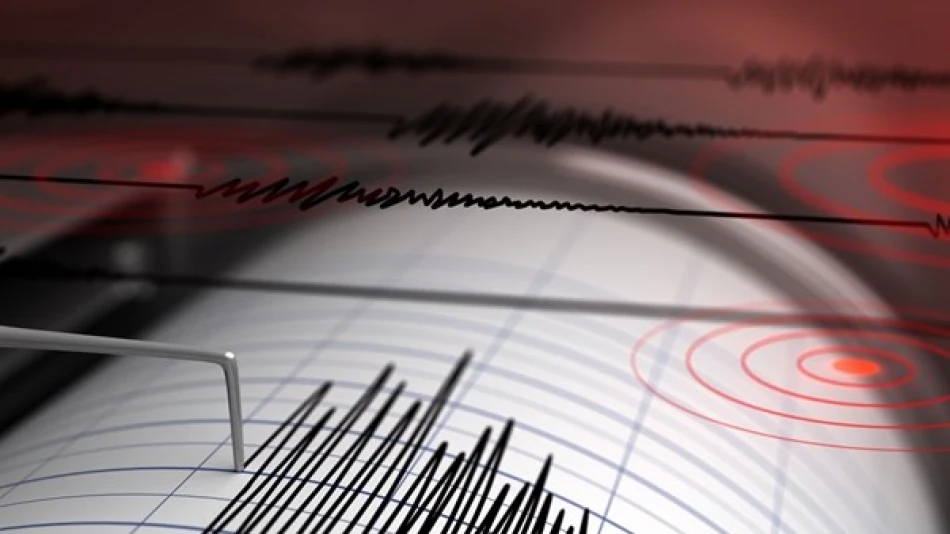
Powerful Earthquake Shakes Russia's Far East Region
Kamchatka Peninsula Hit by 5.3 Magnitude Earthquake Following July's Historic Tremor
Russia's seismically active Kamchatka Peninsula experienced another significant earthquake, registering 5.3 on the Richter scale near its coastline. This latest tremor comes just months after the region was struck by an 8.8 magnitude earthquake in July—the most powerful to hit the area since 1952—raising questions about increased seismic activity in one of the world's most volcanically dynamic regions.
Latest Seismic Event Details
According to the Kamchatka branch of the Unified Geophysical Service of the Russian Academy of Sciences, the earthquake occurred at a depth of 28.6 kilometers, approximately 469 kilometers southwest of Petropavlovsk-Kamchatsky, the peninsula's largest city and administrative center.
The moderate magnitude suggests this was likely an aftershock or related seismic activity stemming from the massive July earthquake, which fundamentally altered the geological stress patterns across the region.
Historical Context and Seismic Significance
The Kamchatka Peninsula sits along the volatile Pacific Ring of Fire, where the Pacific Plate subducts beneath the North American Plate. This geological arrangement makes it one of Earth's most earthquake-prone regions, hosting over 160 volcanoes and experiencing frequent seismic activity.
The July 2024 Earthquake: A Game Changer
The 8.8 magnitude earthquake that struck on July 30, 2024, marked a watershed moment for regional seismology. Not since the devastating 1952 Kamchatka earthquake—which generated a Pacific-wide tsunami—had the region experienced such powerful geological forces. The 1952 event, measuring 9.0, remains one of the most powerful earthquakes ever recorded.
Major earthquakes of this scale typically trigger cascading seismic activity for months or even years afterward, as surrounding fault systems adjust to the massive energy release and altered stress distribution.
Regional and Global Implications
Tsunami and Safety Considerations
While a 5.3 magnitude earthquake rarely generates significant tsunamis, the peninsula's location makes any seismic activity noteworthy for Pacific Rim nations. The region's earthquakes have historically triggered destructive tsunamis that affect coastlines from Japan to Alaska and beyond.
Modern early warning systems now provide crucial minutes or hours of advance notice, a stark improvement over the limited communication capabilities that existed during the 1952 disaster.
Scientific Monitoring and Preparedness
Russia's investment in seismic monitoring infrastructure has intensified following recent major earthquakes. The Unified Geophysical Service maintains a network of sensitive instruments across Kamchatka, providing real-time data that helps scientists understand the complex geological processes at work.
This enhanced monitoring capability serves not only local safety needs but contributes valuable data to global earthquake research, particularly regarding subduction zone dynamics and tsunami generation mechanisms.
Looking Ahead: What This Means for the Region
The continued seismic activity suggests Kamchatka remains in an active geological phase following July's major earthquake. Scientists expect this pattern to continue as the region's fault systems gradually stabilize under new stress conditions.
For local communities, this ongoing activity reinforces the importance of earthquake preparedness and robust early warning systems. For the global scientific community, Kamchatka continues to serve as a crucial natural laboratory for understanding how major earthquakes reshape regional geology and trigger subsequent seismic events.
Most Viewed News

 Layla Al Mansoori
Layla Al Mansoori






